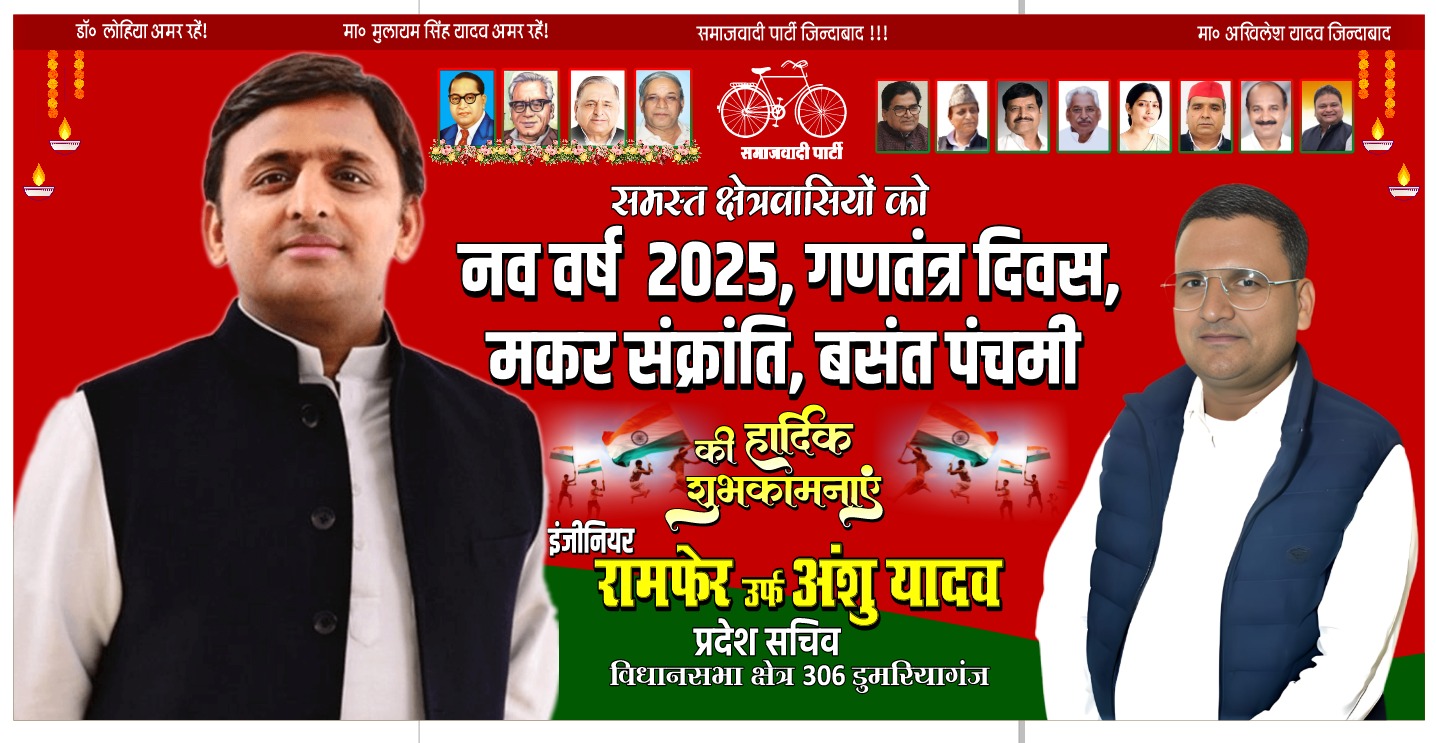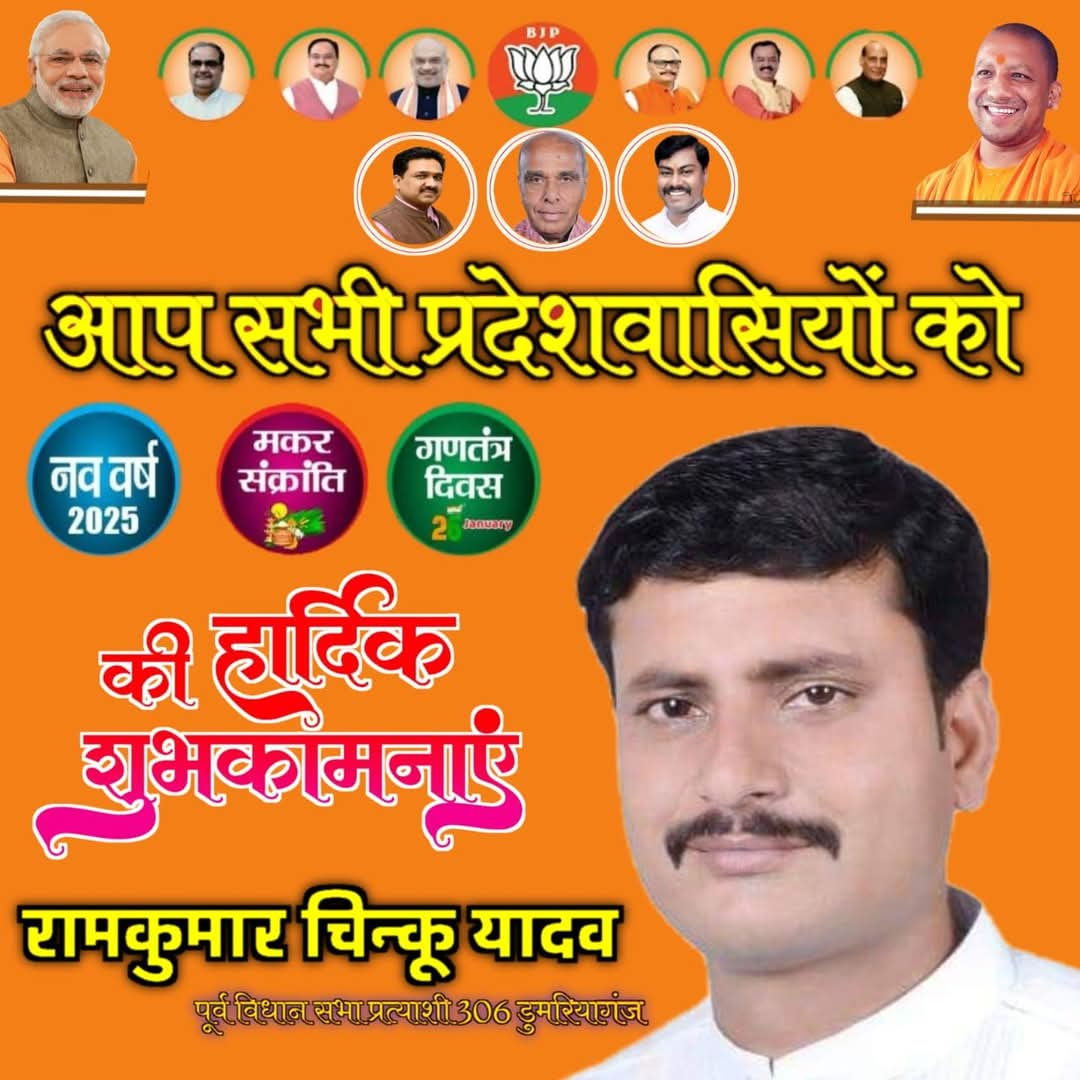Aaditeshwar Seth is a pioneer in the Information and Communication Technologies for Development (ICT4D) space in India, and has built several tech platforms, with an eye on empowering the disadvantaged sections of society.
A professor in the Department of Computer Science and Engineering at IIT Delhi and running the ACT4D (Appropriate Computing Technologies for Development) research group, his interests include building tools for environment and natural resource management in rural areas, participatory information sharing systems in low-literacy environments, and the ethics of information systems.
He is the co-founder of The CoRE Stack (Commoning for Resilience and Equality), a digital public infrastructure consisting of datasets and tools that can be used by rural communities to improve sustainability in their farms and villages. He is also the co-founder of Gram Vaani, an organisation designing tech tools to enable voice-based participatory media services for rural communities.
Story continues below this ad
Aaditeshwar is an engineering graduate from IIT Kanpur and has a Ph.D from the University of Waterloo.
Aaditeshwar spoke to indianexpress.com on the trends and challenges in the ICT4D space in India, the projects that have worked and those that failed, and his views on designing technology to empower the voiceless. Edited excerpts:
Venkatesh Kannaiah: Given your journey in the ICT4D space in India, what has changed over the years?
Aaditeshwar Seth: Things have changed a lot. The space, which was once driven by internal purpose, now has a lot of new actors. There are nonprofits, startups, social enterprises, governments, international organisations, and large corporations. There are companies like Google and Microsoft eyeing this space, perhaps looking at it from a market opportunity perspective rather than as a development challenge. Not only has the number of innovations and investors increased, but the pace of this work, even in underdeveloped regions, has accelerated.
But on the negative side, we have not thought about how to design technology with users in mind. We are not mindful enough about the harm it can cause. We talk about minimising risks, but do not follow through. Perhaps some are reinventing the wheel. The irony is that communities have often already lived these journeys. But their wisdom has not been translated into frameworks or principles to guide on how we build new technologies.
Story continues below this ad
I feel that, after all these years, we could have done things in a more thoughtful way. Many players are in the space with goals that are not necessarily aligned with earlier development objectives. Their metrics are different; it could be something like user count, and you will do anything to increase it. But if the metrics were of real impact, like how many government schemes became accessible because of the tools, the outcome would have been different.
These are not things that did not work, but rather things that could have been done much better.
Venkatesh Kannaiah: Tell us about ICT4D projects that have faced challenges in their implementation in India?
Aaditeshwar Seth: The key issue is the principles that should have been followed for such projects. They are simple ones like extensive pilots, testing before scaling, understanding potential harm, and minimising risks. These principles have not been fully internalised by the ecosystem.
For instance, there was a public health project involving ASHA and Anganwadi workers, delivering vaccines and last-mile healthcare. The data collected — like vaccine scheduling, stock issues, and shortfalls — was useful for performance monitoring and planning. However, this data was sent upward but not returned to the health workers or communities in a way that would help them. For example, a worker could have called a family before a vaccination day or tallied how many vaccines were needed. But the system did not empower frontline workers; it added reporting burdens without direct benefits.
Story continues below this ad
Similarly, NREGA has a strong MIS for transparency and has been used for social audits. However, the data is not easy to access. Only someone with specific skills can navigate the MIS. In theory, it meets all criteria, but in practice, there are missed opportunities.
Currently, users of such data are limited to financial accounting purposes. On the ground, there are still issues of network connectivity in rural areas, and photo uploads often fail, delaying payments. Women’s labour especially gets impacted — for example, work like digging pits for mango planting or water conservation may need flexible timings, but the system now expects workers to log attendance at fixed hours. Technology was introduced to prevent leakage and corruption, but has ended up creating rigidity in the system.
Venkatesh Kannaiah: Given your experience, tell us about ICT4D projects that have worked in an Indian context.
Aaditeshwar Seth: One example is using voice technology for education. With Google Assistant, voice recognition, and transcription, users with limited literacy are able to access information effectively. Even on social media platforms like WhatsApp or Facebook, communities are organising unions and social movements. People are figuring out how to use these platforms effectively.
Another example is Gram Vaani, which improved social accountability through communication tools. People could call in, discuss problems with government schemes like NREGA, and get verified information. This helped social audits and improved access. These platforms worked not necessarily because of the specific project but because the underlying principles were strong.
Story continues below this ad
Venkatesh Kannaiah: Tell us about the CoRE Stack project and what it seeks to change.
Aaditeshwar Seth: This is a project focused on rural communities and climate resilience. Issues like falling groundwater levels, soil erosion, and deforestation are being tackled using tech tools. These tools are being used for water and land-use planning, for deciding on where to build check dams or farm ponds. With mobile access, people can now view land-use patterns and rainfall to improve water availability planning.
These systems are also tied to schemes like NREGA, which provides funds for constructing such assets. But in practice, the scheme implementation is often top-down. The selection of locations for structures is affected by local power dynamics. Tools are now being developed to allow communities to submit demands online, identify suitable locations based on scientific data, and improve social accountability.
This open platform approach helps even small farmers to participate in decision-making. The process involves providing a village location, and the platform suggests optimal interventions. This is also designed to work collectively, not just farmer by farmer.
The goal is to use satellite data and machine learning to map conditions and needs. Communities can then verify and submit demands, and platforms can push these to government schemes like NREGA. The panchayat ultimately needs to approve these plans, but this method increases transparency and social accountability.
Story continues below this ad
This project has been underway for about two years. It uses satellite data (like from ISRO), combines it with machine learning, and makes it available via mobile apps and dashboards. The team includes environmental researchers, field organisations, engineers, and academic collaborators from institutions like IIT Delhi.
The key is to design technologies that put power into the hands of marginalised people. For example, Gram Vaani enabled people to voice their problems, and once these were publicly known, leaders had to act. Similarly, in the current project, people can identify good locations for structures themselves, reducing dependence on officials or auditors.
Venkatesh Kannaiah: Can you tell us about the premise of your book Technology and (Dis)empowerment: A Call to Technologists.
Aaditeshwar Seth: The book talks about how often technology reinforces existing power. But the goal is to design, deploy, and manage technology so that it empowers those without power.
Commercialisation of the tools is one way out for marketing them, but if the tools are simple, you might not need a large marketing budget. Word-of-mouth and thoughtful design can reduce costs. Academia can also anchor and support such initiatives.
Story continues below this ad
A long-term vision could be to link such tech platforms with income-generating schemes. Instruments like carbon credits are emerging. If communities can demonstrate results, like restored water tables, they could perhaps benefit from these credits. Over time, cooperatives or community-owned models can connect to these markets.
Venkatesh Kannaiah: Tell us about a few interesting innovations that have come out of the Appropriate Computing for Development labs?
Aaditeshwar Seth: It is a lab with students, faculty, and collaborators working on research problems. Earlier, we worked on low-cost computing for community radio stations. The lab supports research, and then deployment happens through organisations like Gram Vaani or CoRE Stack. Currently, all our focus is on CoRE Stack. The lab offers access to real-world problems, and the deployments benefit from research. Both are symbiotic.
Venkatesh Kannaiah: How do you see AI impacting ICT for the development space?
Aaditeshwar Seth: There are many interesting use cases. For example, using AI for multilingual communication or translating messages to make systems like Gram Vaani more accessible. These things are getting easier, but context still matters. Determining what information applies in what situation is still hard. Unlike a mobile phone, where actions are deterministic, AI systems have uncertainties like misinformation. Users need critical thinking to question what they are seeing or reading. So while AI has great potential, it also demands more awareness from users. But if done right, it can help scale impact.























